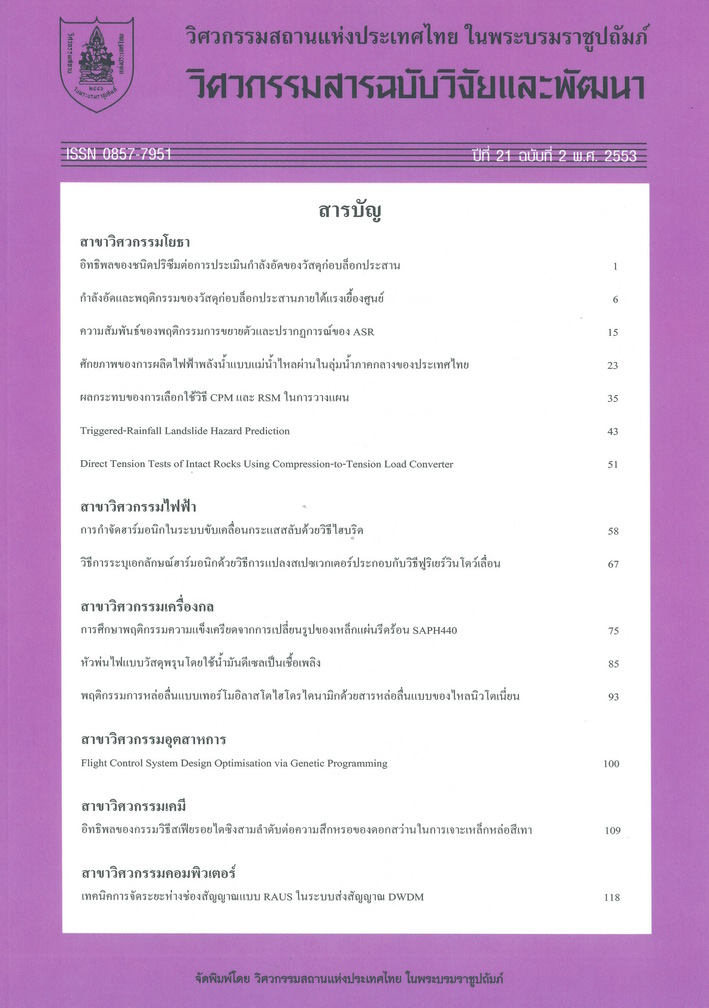ผลกระทบของการเลือกใช้วิธี CPM และ RSM ในการวางแผน
Main Article Content
Abstract
Most construction projects have complicated processes due to their inclusion of several activities and sequential working process. Therefore, both budget control and schedule control during construction are necessary. Construction schedule is significant tools that help contractors to control and to manage their project effectively. Methods of project scheduling widely used are several, such as Critical Path Method (CPM), Line of Balance (LOB), and Repetitive Scheduling Method (RSM). Each of them is appropriate for different working patterns. This paper presents the effect of using different working patterns, between early start approach and continuity working approach, for the case of repetitive construction. In the examples, each construction unit contains seven activities. Given two different working patterns, operation was simulated by using STROBOSCOPE to compare project duration and paid days, using CPM concept for early start approach and RSM for continuity working approach. The results from the simulation show that project duration increases when the number of construction units increases, and can be expressed in an equation form. The number of paid days of certain activities tends to be less when continuity working approach is selected. An addition to this is a simulation of a case where the duration of each activity is represented by probability distributions. Average project duration and the number of paid days in the probabilistic case are slightly different from the former one.
Article Details
The published articles are copyright of the Engineering Journal of Research and Development, The Engineering Institute of Thailand Under H.M. The King's Patronage (EIT).


